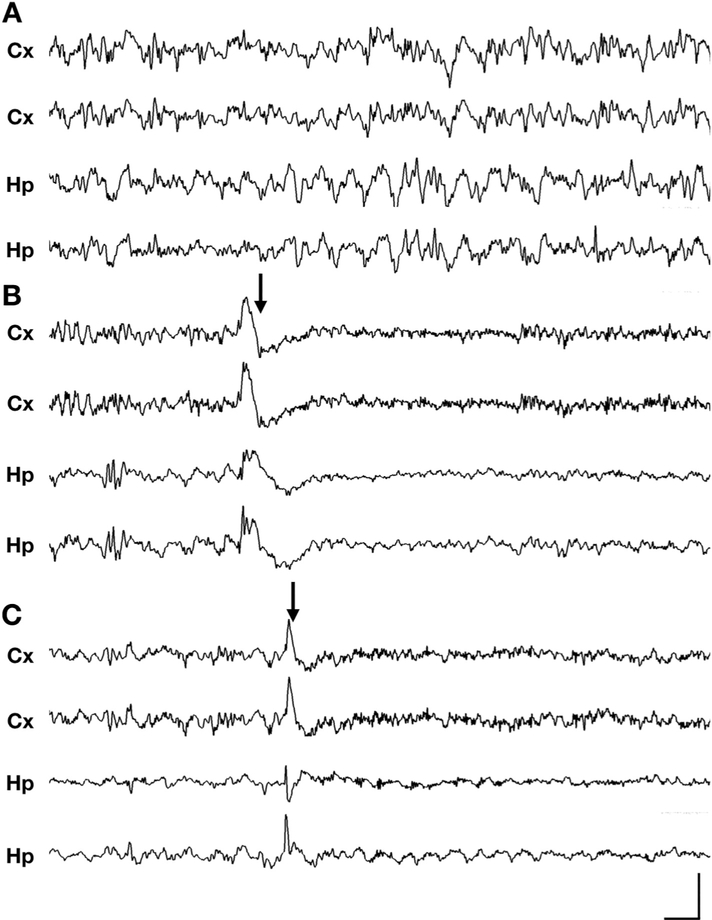Fig. 1. Epileptic spasms in aged Cdkl5 mutant heterozygous female mice.
(A-C) Representative 10-s traces of intracranial EEG recorded in wild type (+/+), Cdkl5R59X/+, and Cdkl5KO/+ heterozygous mice (Cx, cortical; Hp, hippocampal). (A) Normal EEG during sleep in a wild type mouse, showing intermittent delta rhythm. (B) Epileptic spasm in a Cdkl5R59X/+ heterozygous female mouse occurring during sleep, characterized by bilateral slow-wave activity followed by an electrodecrement pattern. See also Supplementaary Video 1. (C) Epileptic spasm in a Cdkl5KO/+ heterozygous female mouse occurring during sleep, characterized by bilateral sharp-wave activity. No clear electrodecrement is associated with this ictal event. See also Supplementary Video 2. (A-C) Vertical scale bar represents 1 mV, 800 μV, and 1.5 mV in cortical channels, respectively, and 500 μV, 800 μV, and 1 mV in hippocampal channels in, respectively. Horizontal scale bar represents 0.5 s in all traces. (–eC) Arrows indicate time of spasm onset. Additional spasm-associated ictal events in Cdkl5R59X/+ and Cdkl5KO/+ mice are presented in Supplementary Fig. 1.

